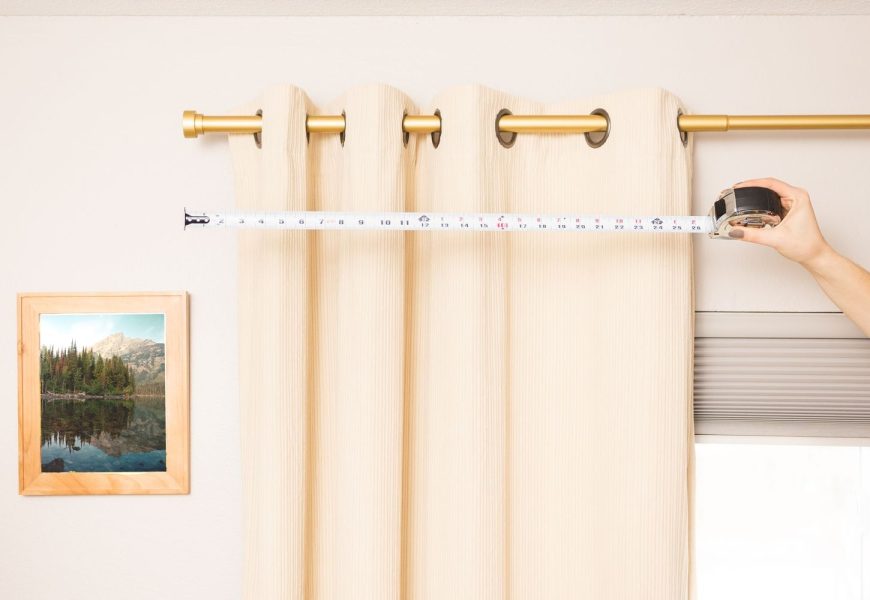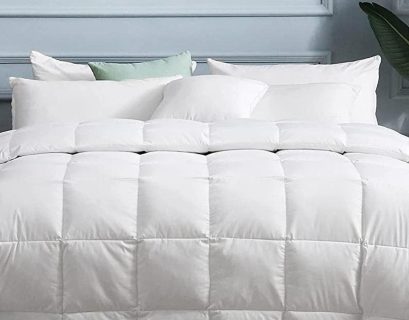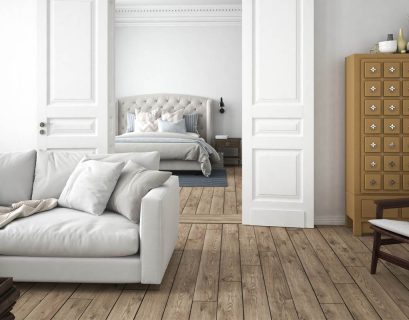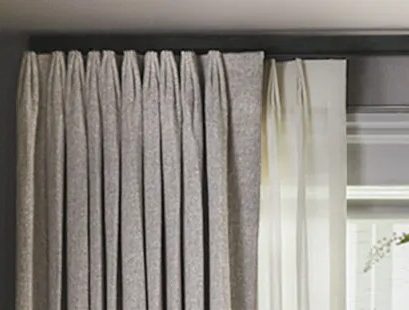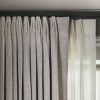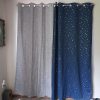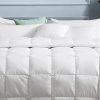Selecting the perfect curtains for your windows is not just about style and design; accurate measurements are the cornerstone of achieving a polished and tailored look. The right fit ensures that curtains complement the architecture of the room, enhance natural light, and provide optimal functionality. In this comprehensive guide, we’ll delve into the essential tips and techniques for measuring windows accurately, empowering you to make informed choices when selecting curtains that not only adorn but also enhance your living spaces.
Why Accurate Measurements Matter:
- Aesthetic Appeal:
- Accurate measurements contribute to a polished and tailored appearance, preventing curtains from appearing too short, too long, or ill-fitted. Well-fitted curtains enhance the overall aesthetic appeal of the room.
- Functionality:
- Proper measurements ensure that curtains fulfill their functional role. Curtains that are too short may not provide sufficient privacy, while those that are too long can become a tripping hazard or obstruct furniture.
- Light Control:
- Accurate measurements allow for precise light control. Curtains that are the correct length and width can be positioned to filter natural light effectively, creating the desired ambiance in the room.
- Energy Efficiency:
- Well-fitted curtains contribute to energy efficiency by minimizing gaps through which heat or cold air can escape. This is particularly important for maintaining a comfortable indoor temperature.
Step-by-Step Guide to Accurate Window Measurements:
1. Gather Tools and Materials:
- Before you start measuring, gather the necessary tools and materials:
- A steel tape measure for accurate measurements.
- A step ladder for reaching high windows.
- A pen and paper or a digital device to record measurements.
- A level to ensure straight lines and accurate vertical measurements.
2. Measure Window Width:
- Start by measuring the width of the window:
- Measure the width inside the window frame from one side to the other.
- Record this measurement in inches or centimeters.
- If you’re planning to hang curtains beyond the window frame for a fuller look, add extra width to your measurement.
3. Measure Window Height:
- Next, measure the height of the window:
- Measure the height from the top of the window frame to the desired endpoint (e.g., the windowsill or the floor).
- Record this measurement in inches or centimeters.
- If you want floor-length curtains, measure all the way to the floor. For sill-length curtains, measure to the windowsill.
4. Account for Curtain Style and Mounting:
- Consider the curtain style and mounting options:
- If you’re opting for a specific curtain style (e.g., grommet, rod pocket, or pinch pleat), factor in the additional fabric needed for the header or pleats.
- Decide on the mounting option – inside the window frame or outside. Adjust your measurements accordingly.
5. Measure Curtain Fullness:
- Determine the desired fullness of your curtains:
- Fullness refers to the amount of fabric used in the curtain. Common fullness ratios are 1.5 to 2 times the window width for a standard look, and 2.5 to 3 times for a fuller, more luxurious appearance.
- Multiply your window width measurement by the desired fullness factor to calculate the total fabric width needed.
6. Check for Obstructions:
- Identify any potential obstructions around the window that might affect curtain installation:
- Ensure there are no furniture, radiators, or other items blocking the window or impeding the movement of the curtains.
- Check for any architectural features that might impact curtain placement, such as moldings or built-in shelves.
7. Measure Multiple Points:
- To account for variations in window dimensions, measure multiple points:
- Measure the width and height at the top, middle, and bottom of the window.
- Use the smallest of these measurements to ensure that the curtains fit comfortably within the window frame.
8. Consider Floor Clearance:
- If you’re measuring for floor-length curtains, consider floor clearance:
- Allow for a slight clearance (around 1 to 2 inches) above the floor to prevent the curtains from dragging or collecting dust.
- For a luxurious puddling effect, add extra length beyond the floor.
9. Double-Check Measurements:
- Double-check all measurements before finalizing your curtain selection:
- Ensure that you’ve accounted for any adjustments, fullness, and clearance.
- If you’re uncertain, consult with curtain experts or professionals to validate your measurements.
10. Seek Professional Assistance:
- If measuring seems daunting or if you have uniquely shaped windows, consider seeking professional assistance:
- Professional curtain fitters or interior designers can provide precise measurements and offer valuable insights into curtain styles that suit your space.
Additional Tips and Considerations:
- Curtain Rod Placement:
- Decide on the height at which you want to mount the curtain rod. This will influence the overall appearance of the curtains. A higher placement can create an illusion of taller windows and add a touch of grandeur.
- Consider the Stack Back:
- The stack back refers to the space the curtains take up when fully open. Consider this when measuring, especially if your windows are close to corners or other obstructions.
- Account for Hardware:
- If using decorative finials or other curtain hardware, include these in your measurements. The additional width ensures that the entire curtain, including hardware, fits seamlessly within the window frame.
- Maintain Consistency:
- For a cohesive look in rooms with multiple windows, maintain consistency in curtain lengths and styles. This creates a harmonious visual flow throughout the space.
- Test Samples:
- Before making a final decision, consider testing samples of your chosen fabric and style. Observing how they interact with natural light and other elements in the room helps in making an informed decision.
Conclusion:
Accurate window measurements are the foundation of successful curtain selection. By following these step-by-step tips and considering various factors such as curtain style, fullness, and clearance, you’ll ensure that your curtains not only adorn but also enhance the functionality and aesthetics of your living spaces. Whether you’re a seasoned DIY enthusiast or seeking professional assistance, taking the time to measure your windows with precision is a crucial investment in achieving a polished and tailored look for your curtains.
